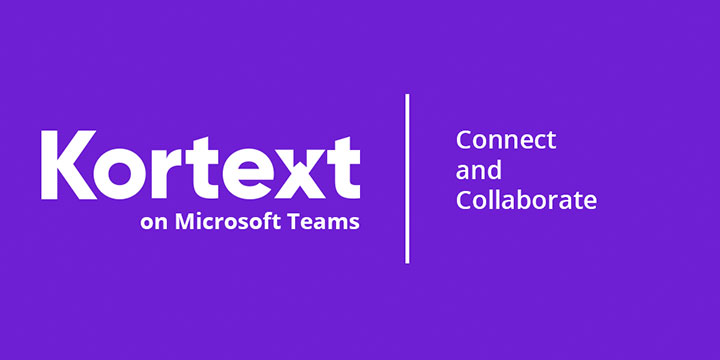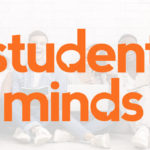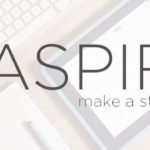On Tuesday 27th April 2021, in partnership with Microsoft, we hosted the Connect and Collaborate webinar with the aim of discussing the expansion of online learning and teaching during these extraordinary times.
During the webinar, it was acknowledged that the rapid adoption of content and communication platforms like Kortext and Microsoft Teams created huge challenges, as well as opportunities.
Whilst this was a traditional webinar with the usual routine of log on, standard introductions, and housekeeping and this webinar stuck to that, but as it got into full flow, there was an ease to this webinar that made it feel like no other.
Our participants presented on individual levels, beginning with John Quinn, a customer program manager for Microsoft Teams.
Key Insights
John shared what Teams is doing across different EU institutions, highlighting the four C’s; Communication, Collaborating, Critical thinking skills and Creativity.
During his presentation, James also said:
Not only is teams used in education, it’s used across all industries with over 500,000 organisations using teams; 91% of Fortune 100 companies are using teams.
Teams is the building block of the modern educational institution. Every member now wears multiple hats; everyone is connected.
Teams in Education is slightly different to the professional market. We can streamline communication and create application with partners, such as Kortext. It’s a different way of learning.
“Baptism of fire”
Following on from James was Professor of Tourism, Donna Chambers, from University of Sunderland.
I imagine like most at other universities, we have had a baptism of fire in the past year because VLE’s were being used more like a depository, opposed to using it in an interactive way.
“When lockdown came, everyone was in a panic, so we started to use Teams so that we could still have classes online; so we used Teams for online classes.
James Gray, Kortext’s CEO asked Donna to speak of the positives and negatives of Microsoft Teams.
Donna said:
It’s good… I have to say that since we have been using teams, attendance is higher than when we were physically in class. Break out rooms are very popular on Teams. Students also love the chat functionality. We can all share links and comment too.
In terms of the negatives… one thing you don’t know is that how much students are physically in the class because you don’t see them. You don’t know what’s going on behind the scenes ,and it feels like you’re talking into a void. That’s strange and takes some getting used to.
Another negative Donna mentioned is:
Whenever people can see you’re online, they can keep sending you messages all the time. It’s the kind of constant way students can communicate with you all the time. They just text through Teams; I haven’t got an email from a student in a year!
Student Perspectives
Speaking of students, we were joined by University of Birmingham student, Lauren Senkiw-Smith.
I think the biggest change at Birmingham was… when we had live sessions, they made it very much a conversation. We were being talked to, rather than at. There were Q&A sessions; it wasn’t a two–hour lecture just posted as a video into canvas.
The fact that the University provided us with video conferencing licenses to use has given us more structure. Before, for group work we would all be like ‘which social media do you use?’ ‘When can you come onto campus?’ Whereas now, it’s very much right, we’re going to do it here!
What does Teams integration enable?
Ionel Ursu, Digital Adoption and Engagement Team Lead at University of East London spoke of the of the adoption of Teams and what the integration meant for students.
Over one weekend, we created over 3,500 teams! We placed all of the students and teaching staff into their respective Teams.” Said Ionel,
“Teams is a portable platform. Students take it with them wherever they go. The chances are students look at their phones more than their laptops. Integrating it to the one device they have with them 24/7 makes their learning experience richer.
On tech siloing
During the event, we also heard from Amy Stubbings, Academic Engagement Lead at University of Westminster, who said:
One of the biggest issues across both the academic body and institution was that we’re all using the tech slightly differently. I don’t think we’re as far forward as we want to be if we do go forward with hybrid learning.
Rounding off the event was Nia Zumot, partner development program manager for Microsoft sharing a case study about Future Worx’s app, Accessibility Bot and Kortext’s Head of Product, Andrew Bates sharing a quick walkthrough of Kortext on Microsoft Teams.
To view the full webinar, click here.
To view the highlights reel, click here.
Want to attend one of our webinars? Click here to sign up to our next webinar on June 8th, 2021.







